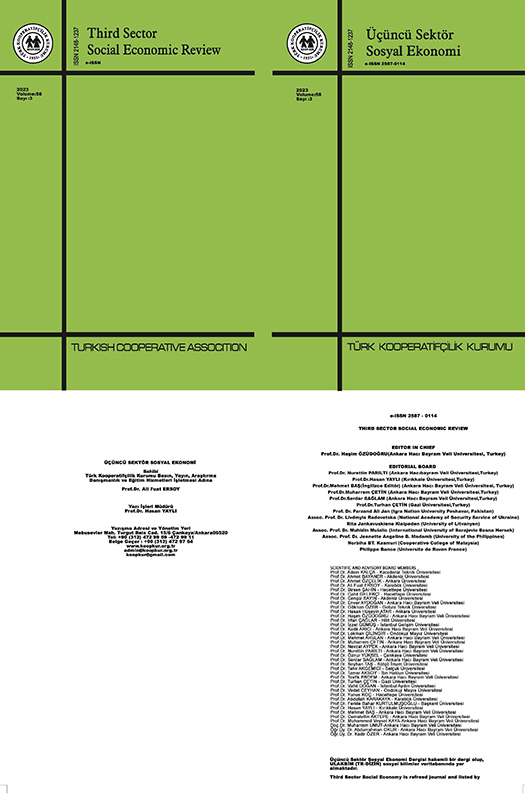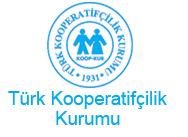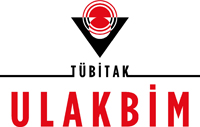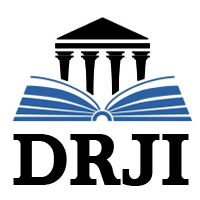EVALUATION OF UNIVERSITY STUDENTS' READING ATTITUDES TO NUTRITIONAL LABEL INFORMATION AND FOOD LITERACY LEVELS
Keywords:
Food label, Food literacy, Nutrition, Label, Food label informationAbstract
The university period is a period in which the consumption of out-of-home foods or packaged food increases, and nutritional habits and food choices can change positively or negatively. Food literacy level and food label reading attitude can be effective factors in food selection. This study aims to evaluate the attitudes of university students to read food labels and their food literacy levels and to examine the relationship between them. The demographic characteristics, anthropometric measurements, nutritional choice, and label reading habits of the participants were questioned using a face-to-face survey technique, the 'Self-Perceived Food Literacy Scale' (SPFL) an assess the food literacy level, the 'Nutrition Label Reading Attitude Scale' (BEOTÖ) to assess the food label reading attitude used. 523 university students, 365 (69.8%) female and 158 (30.2%) male, were included in the study. Participants' SPFL total score average was 91.14±13.72, and BEOTÖ total score average was 71.15±15.56. A statistically significant and positive correlation was found between students' SPFL level and BEOTÖ scores (r=0.441; p<0.001). As the frequency of consumption of vegetables (r=0.150 and r=0.250; p=0.001 and p<0.001), and whole grain products (r=0.150 and r=0.203; p=0.001 and p<0.001) increased, BEOTÖ and SPFL scores increased, fruit (r=0.250; p<0.001), we found a positive correlation between the increase in consumption frequency and SPFL scores. SPFL and BEOTÖ scores of department students who received nutrition or health education were statistically significantly higher. It was determined that the independent variables affecting the food label reading attitude were alcohol consumption, carbonated beverage consumption, and SPFL level. It may be possible to improve food preferences by improving the level of food literacy. Our results show that increasing food label reading attitude is an important step in forming healthy food preferences. Future research will be needed to improve food literacy and label the reading attitudes of young generations.









